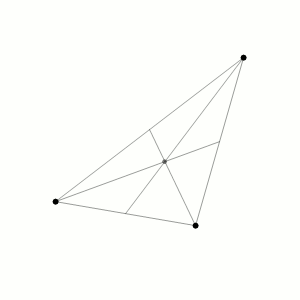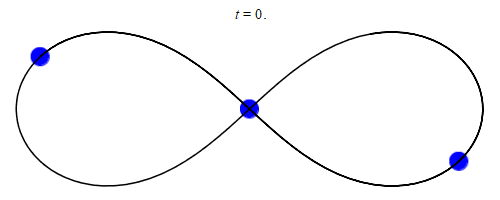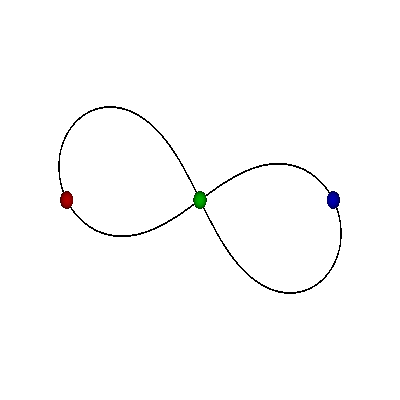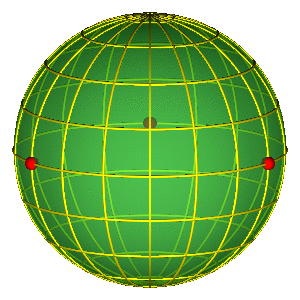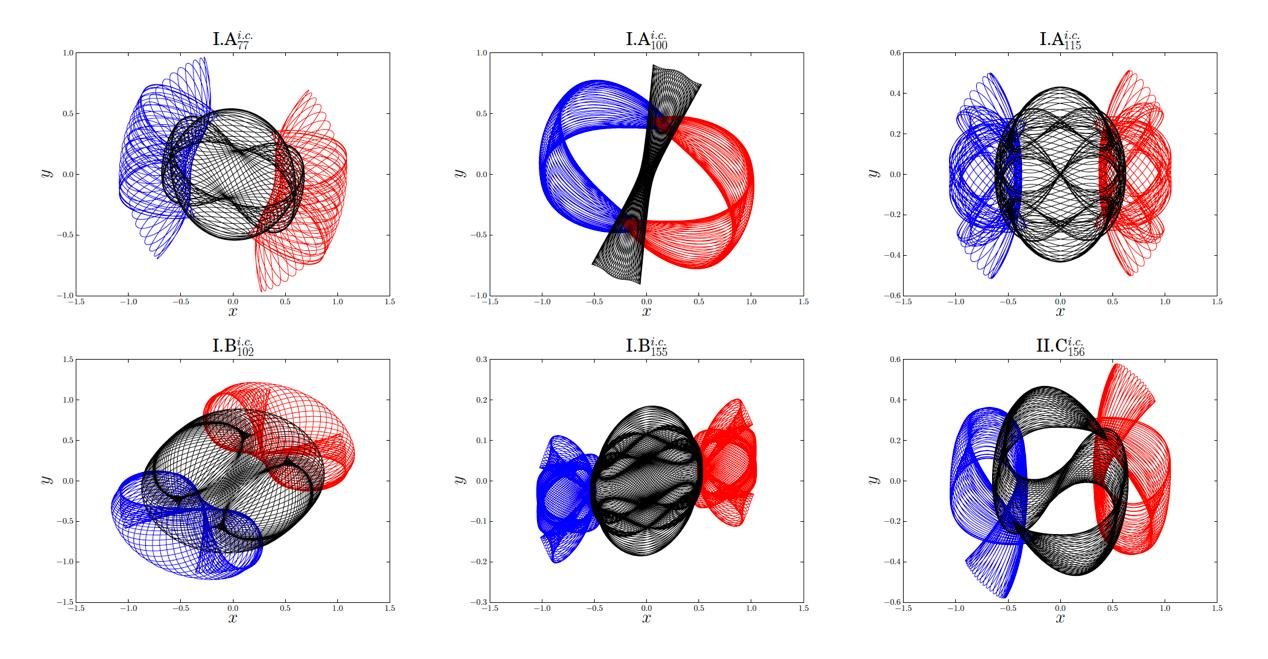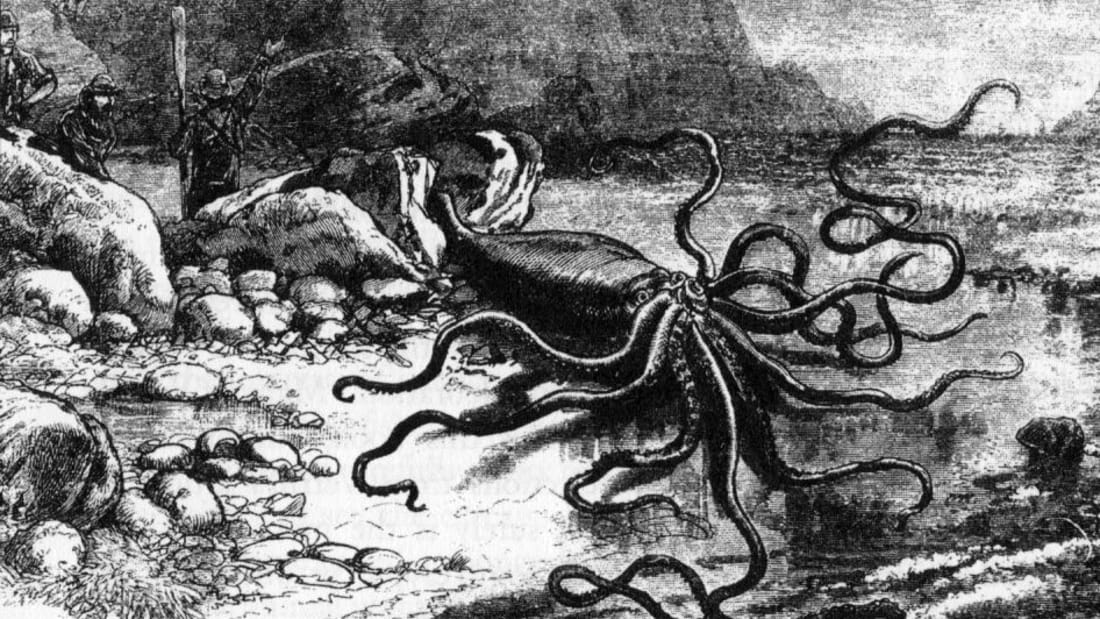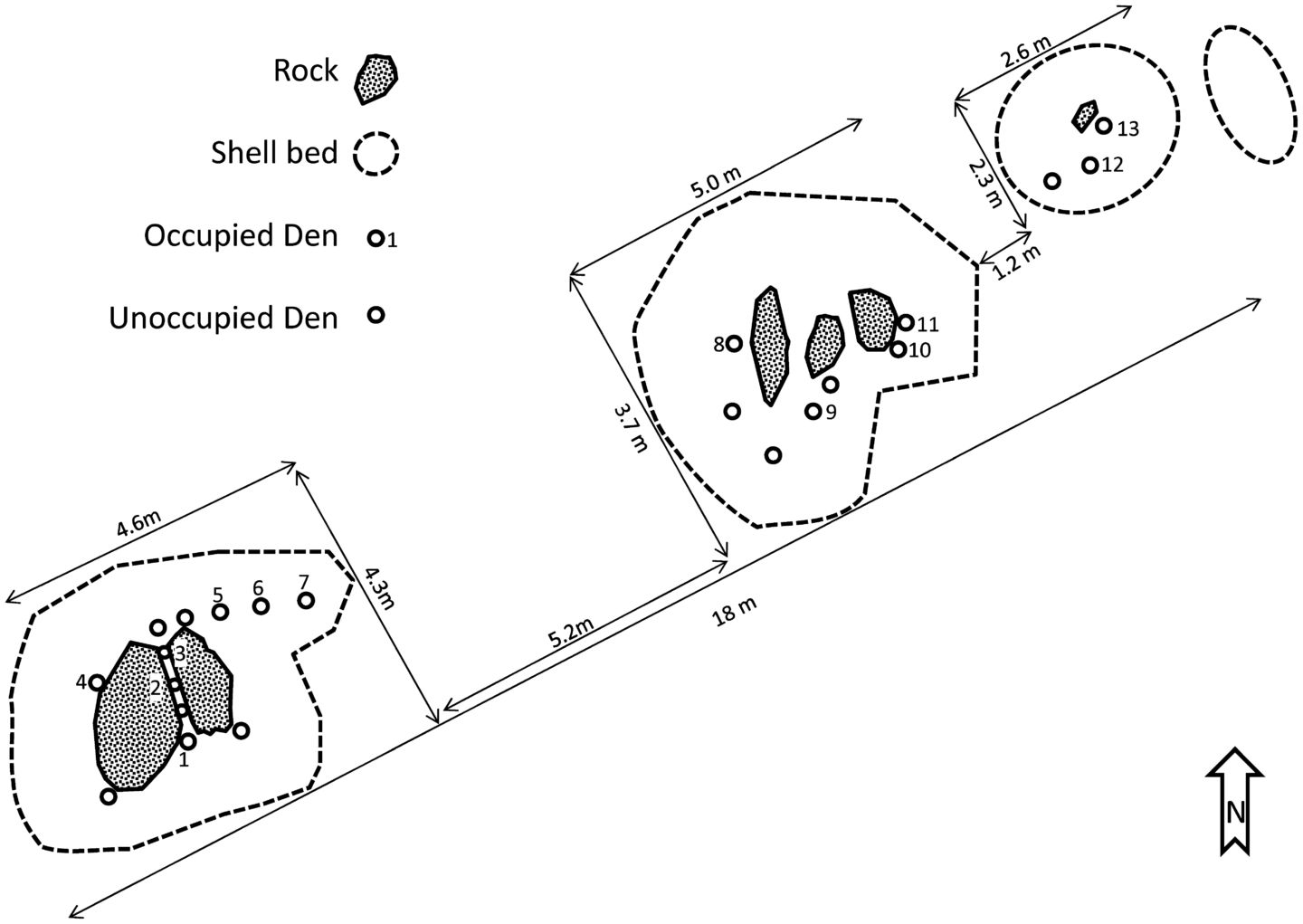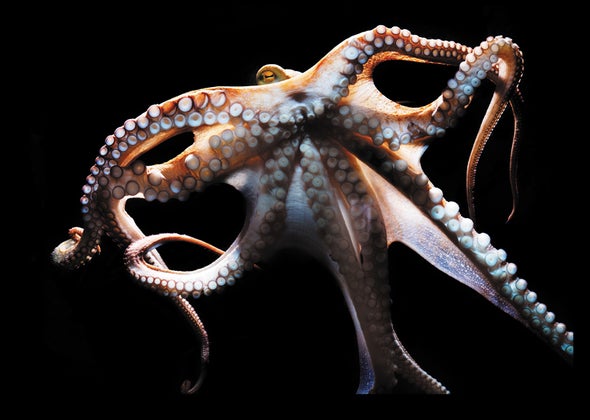As a boy, I found this chunk of limestone on the shoreline of southern Lake Huron, Canada near the town of Goderich:
The rock is 23 cm (9 in) long, 13 cm (5 in) high and weighs 6 kg (14 lbs). Rounded and smoothed then split into eight pieces by the forces of nature:
I had been looking for fossils, but was intrigued by this piece of limestone that natural forces had split into eight pieces, making it into a challenging 3D puzzle. The trick is to find the flat base and build up from there, otherwise the rock will not hold together!
Here is the step by step assembly of the rock puzzle:
 |
| Length: 9 inches (23 cm) Height: 5 inches (13 cm) |
 |
| Weight: 14 lbs (6 kg) |
A video of the assembly:




















